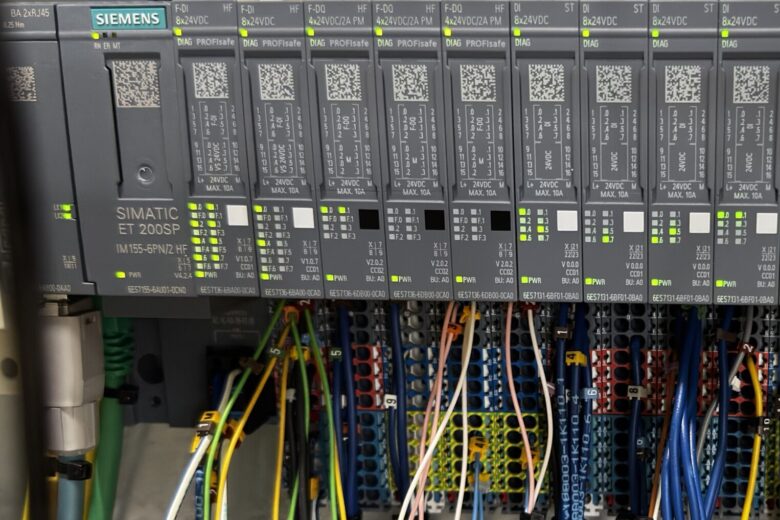Introduction: In the world of industrial automation, nothing grinds production to a halt faster than communication errors between PLCs and their connected devices. Whether you’re dealing with Ethernet/IP, Modbus, PROFIBUS, or another protocol, communication breakdowns can be frustrating — but they’re also solvable with the right approach.
In this guide, we’ll walk through common causes of PLC communication errors and how to troubleshoot them effectively.
1. Understand the Symptoms First
Before diving into cables or settings, it’s important to recognize the type of communication failure:
- Is the PLC not responding to any commands?
- Are you getting intermittent data loss?
- Are specific modules or I/O devices failing to communicate?
These observations help narrow down the source — whether it’s hardware, network configuration, or software.
2. Check Physical Layer Components
Sometimes, the issue is as simple as a loose or damaged cable.
- Inspect cables for cuts, bends, or corrosion.
- Verify power supply to communication modules.
- Test ports and switches with a different known-good device.
Tip: Use a network cable tester or diagnostic LED indicators on the PLC or switch.
3. Verify IP Addressing and Configuration
Misconfigured IP settings are a common cause of network failure.
- Ensure no IP address conflicts on the network.
- Check that the PLC, HMI, and SCADA software are on the same subnet.
- Verify that the default gateway is correctly configured for routed networks.
Use tools like Rockwell’s RSLinx or Siemens TIA Portal to detect devices and validate settings.
4. Confirm Protocol Settings and Compatibility
Communication protocols like Modbus, PROFINET, or Ethernet/IP each have specific settings:
- Check baud rates, parity, and data bits for serial protocols.
- Ensure node addresses or slave IDs are correct.
- Double-check port numbers for TCP/IP-based protocols.
Note: Mismatched settings can allow devices to connect but still block communication.
5. Use Diagnostic Tools
Most major PLC vendors offer diagnostic tools:
- Wireshark: To analyze packets and detect timeouts or error frames.
- Vendor software diagnostics: Such as Siemens S7 diagnostics, Allen-Bradley’s RSLogix error logs, or Schneider’s EcoStruxure tools.
6. Replace and Isolate Components
If you suspect a faulty device:
- Replace suspected modules one by one.
- Isolate segments of the network to test communication between smaller groups.
- Try a loopback test on serial ports to check transmission integrity.
7. Consider Electromagnetic Interference (EMI)
Industrial environments are full of EMI sources:
- Run communication cables away from power cables or motors.
- Use shielded cables where necessary.
- Ensure proper grounding of equipment.
Conclusion: Troubleshooting PLC communication issues doesn’t have to be daunting. By breaking down the system and checking each layer — physical, configuration, and protocol — you can quickly isolate and resolve the problem. Keep documentation handy, maintain backups of your PLC programs, and don’t hesitate to use diagnostic tools for deep analysis.
Have you faced a communication failure in your facility? Share your experience or drop your troubleshooting tips in the comments below!

